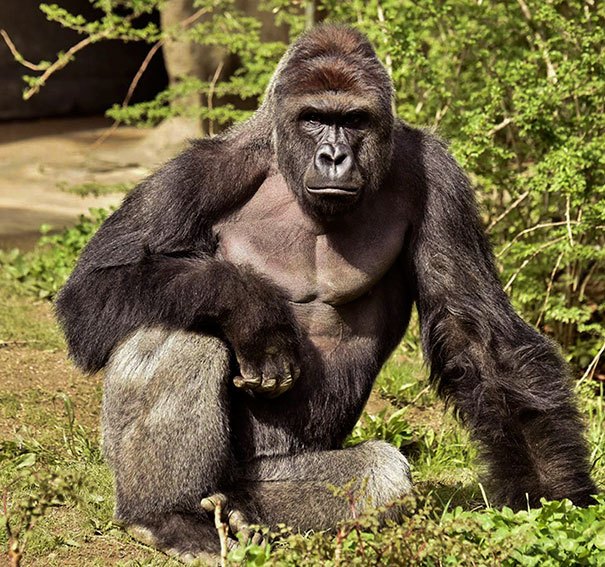
Stars
Quiz
•
Science
•
9th Grade
•
Medium
Standards-aligned

g Custer
Used 33+ times
FREE Resource
11 questions
Show all answers
1.
MULTIPLE CHOICE QUESTION
30 sec • 1 pt

Stars are classified by their brightness and temperature on the H-R diagram. How would you describe a white dwarf star, compared to most other stars?
A white dwarf has a lower temperature and is brighter than most stars.
A white dwarf has a higher temperature and is brighter than most stars.
A white dwarf has a lower temperature and is not as bright as most stars.
A white dwarf has a higher temperature and is not as bright as most stars.
2.
MULTIPLE CHOICE QUESTION
30 sec • 1 pt

Where does the sun fit on the H-R Diagram?
The sun is a giant star.
The sun is a supergiant star.
The sun is a white dwarf star.
The sun is a main sequence star.
Tags
NGSS.HS-ESS1-1
NGSS.HS-ESS1-3
3.
MULTIPLE CHOICE QUESTION
30 sec • 1 pt
What property of a star will determine whether it ends as a white dwarf, a neutron star or a black hole?
The star’s distance from the Earth.
The number of planets orbiting the star.
The star’s mass will determine its final stage.
The star’s shape will determine its final stage.
4.
MULTIPLE CHOICE QUESTION
30 sec • 1 pt

Stars are classified by their brightness and temperature on the H-R diagram. How would you describe a supergiant, compared to most other stars?
A supergiant has a lower temperature and is brighter than most stars.
A supergiant has a higher temperature and is brighter than most stars.
A supergiant has a lower temperature and is not as bright as most stars.
A supergiant has a higher temperature and is not as bright as most stars.
5.
MULTIPLE CHOICE QUESTION
30 sec • 1 pt
The process by which stars create heavier elements from lighter ones is referred to as
fission.
fusion.
a chemical reaction.
a physical change.
Tags
NGSS.HS-ESS1-1
NGSS.HS-ESS1-3
NGSS.HS-PS1-8
6.
MULTIPLE CHOICE QUESTION
30 sec • 1 pt
Which of the following would NOT be useful information for helping to classify stars?
the constellation they are a part of
the mass of the star
the amount of light given off by a star
the color of the star
7.
MULTIPLE CHOICE QUESTION
30 sec • 1 pt

Stars are classified by their brightness and temperature on the H-R diagram.
Which statement is true based upon the H-R diagram?
A supergiant has a lower temperature and is brighter than a white dwarf.
A supergiant has a lower temperature and is less bright than a white dwarf.
A supergiant has a higher temperature and is less bright than a white dwarf.
A supergiant has a higher temperature and is brighter than a white dwarf.
Tags
NGSS.HS-ESS1-3
Create a free account and access millions of resources
Similar Resources on Quizizz

15 questions
Stellar Evolution
Quiz
•
9th Grade - University

10 questions
H-R Diagram
Quiz
•
8th - 9th Grade

10 questions
Nuclear Fusion Review
Quiz
•
9th Grade

12 questions
Life Cycles of Stars
Quiz
•
9th - 12th Grade

15 questions
Intro to Star Life Cycles
Quiz
•
9th - 10th Grade

12 questions
H-R Diagram
Quiz
•
9th Grade

16 questions
Life of a staar HR Diagram Review
Quiz
•
8th Grade - University

16 questions
Star Life Cycle Review
Quiz
•
9th Grade
Popular Resources on Quizizz

15 questions
Multiplication Facts
Quiz
•
4th Grade

20 questions
Math Review - Grade 6
Quiz
•
6th Grade

20 questions
math review
Quiz
•
4th Grade

5 questions
capitalization in sentences
Quiz
•
5th - 8th Grade

10 questions
Juneteenth History and Significance
Interactive video
•
5th - 8th Grade

15 questions
Adding and Subtracting Fractions
Quiz
•
5th Grade

10 questions
R2H Day One Internship Expectation Review Guidelines
Quiz
•
Professional Development

12 questions
Dividing Fractions
Quiz
•
6th Grade
Discover more resources for Science

25 questions
Spanish preterite verbs (irregular/changed)
Quiz
•
9th - 10th Grade

10 questions
Identify Slope and y-intercept (from equation)
Quiz
•
8th - 9th Grade

10 questions
Juneteenth: History and Significance
Interactive video
•
7th - 12th Grade

8 questions
"Keeping the City of Venice Afloat" - STAAR Bootcamp, Day 1
Quiz
•
9th - 12th Grade

26 questions
June 19th
Quiz
•
4th - 9th Grade

27 questions
STAAR English 1 Review
Quiz
•
9th Grade

20 questions
Understanding Linear Equations and Slopes
Quiz
•
9th - 12th Grade
